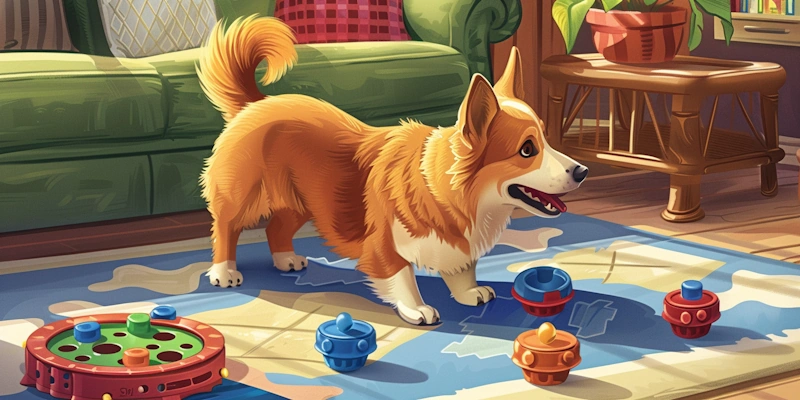Separation anxiety in dogs is a prevalent issue that can manifest as destructive behavior, excessive barking, and other stress-related behaviors when left alone. This blog post will delve into the causes of separation anxiety, its symptoms, and effective strategies to manage and reduce anxiety levels in your canine companion.
Identifying Separation Anxiety
Separation anxiety in dogs stems from their pack animal nature, which makes them inherently social. Signs of separation anxiety include excessive barking or howling, destructive behavior like chewing and digging, and symptoms of distress like pacing or attempting to escape. Recognizing these signs is the first step in addressing the underlying issues.
Causes of Separation Anxiety

Various factors contribute to the development of separation anxiety in dogs. Changes in routine, such as a new work schedule or moving to a new home, can trigger anxiety. Previous experiences, such as being rehomed or spending time in a shelter, can also play a significant role. Understanding the root cause is crucial for effective management.
Gradual Desensitization
One effective method to manage separation anxiety involves gradual desensitization to being alone. Start by leaving your dog alone for short periods and gradually increase the duration as they become more comfortable. Use positive reinforcement to reward calm behavior before leaving and upon returning.
Creating a Safe Space

Establish a safe, comfortable space for your dog, such as a crate or a specific room. This area should have familiar items like their bed, toys, and items that smell like you. Training your dog to associate this space with positive experiences can help reduce anxiety when they are alone.
Consistent Routine
Maintaining a consistent daily routine can help reduce separation anxiety. Regular feeding times, walks, and playtime provide structure and security for your dog. Predictability in their daily schedule can significantly lessen their stress.
Interactive Toys and Activities

Providing interactive toys that stimulate your dog's mind can also help manage separation anxiety. Puzzle toys filled with treats or long-lasting chews can keep them occupied while you're away, reducing stress and preventing destructive behaviors.
Professional Help
In some cases, separation anxiety can be severe enough to require professional help. A veterinarian or a certified animal behaviorist can offer guidance and may recommend therapies such as behavior modification programs or, in some cases, medication.
The Role of Exercise
Adequate physical exercise is vital in managing separation anxiety. A tired dog is generally more relaxed and less prone to anxiety. Ensure your dog gets plenty of exercises, especially before you leave them alone.
Conclusion
Understanding and managing separation anxiety in dogs is crucial for their mental and emotional well-being. By recognizing the symptoms and implementing effective strategies, you can help your dog feel more secure and comfortable when alone. Patience, consistency, and, when needed, professional assistance can make a significant difference in alleviating your dog's anxiety and improving their quality of life.